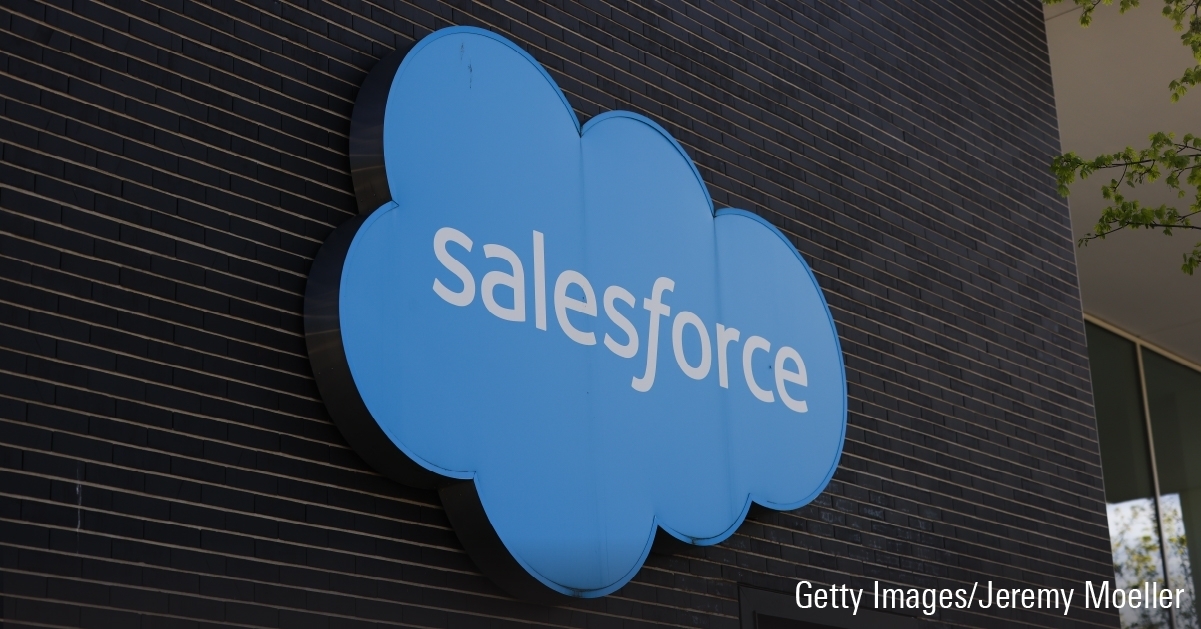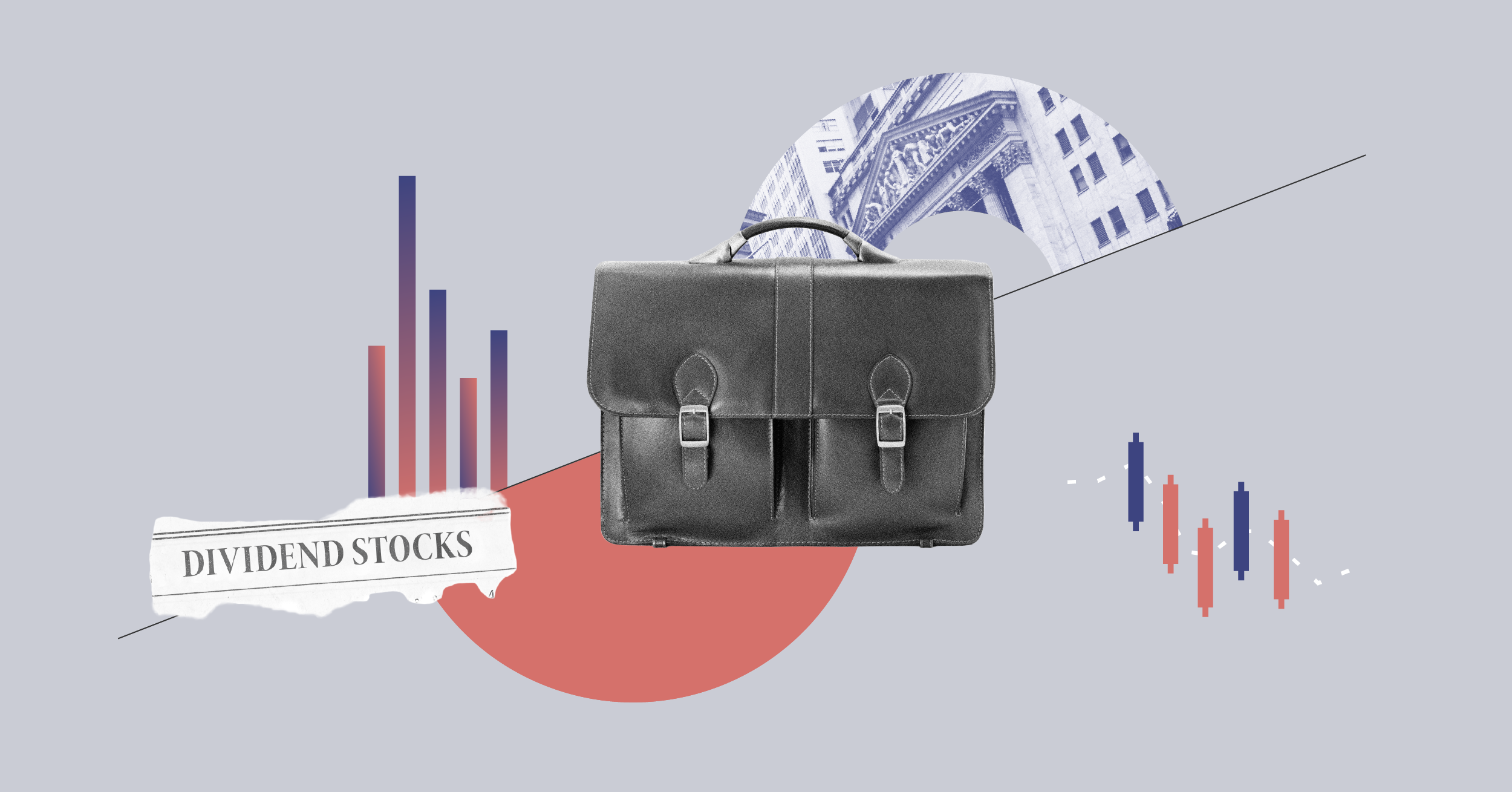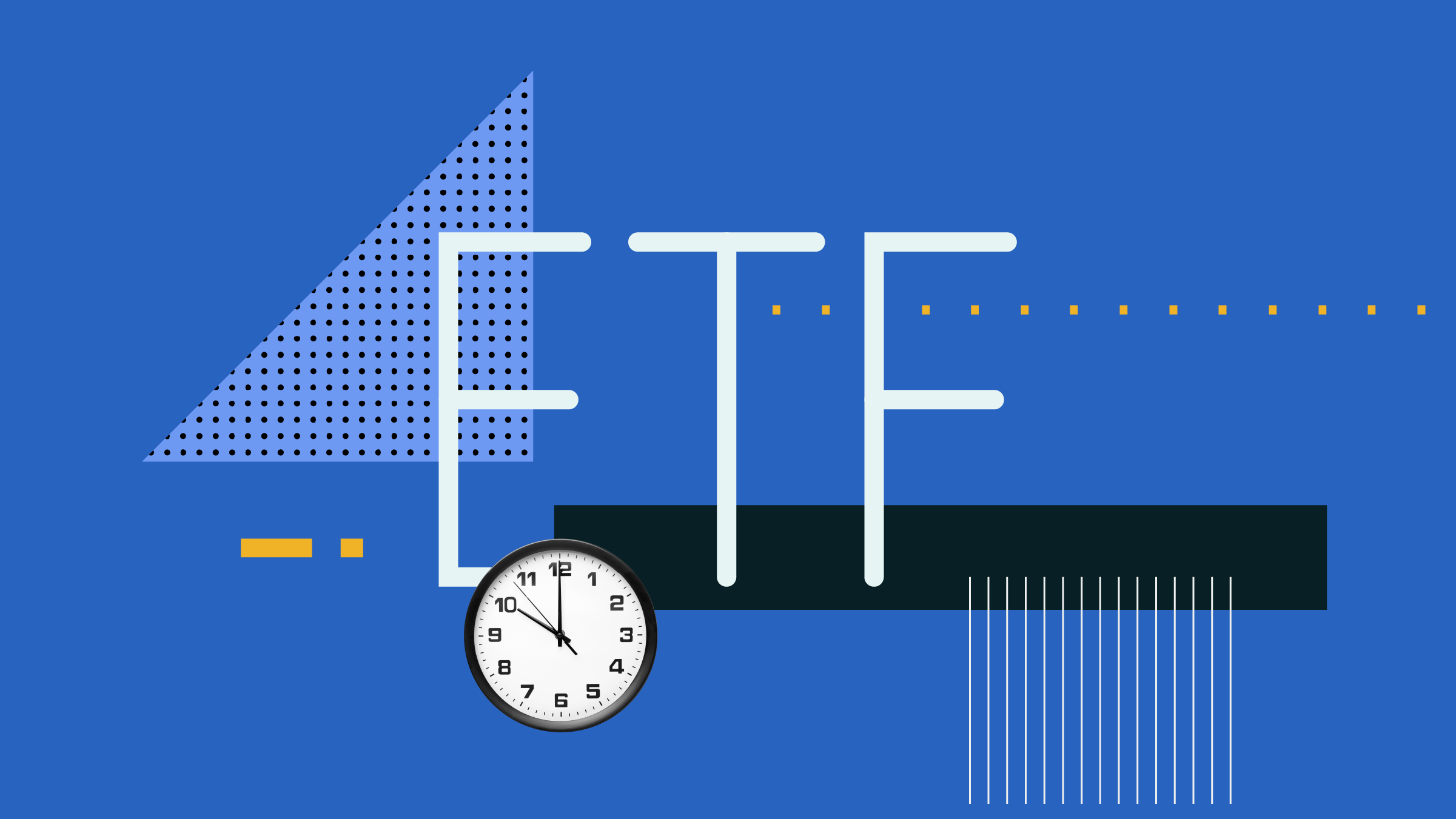Being self-employed suggests independence -- from an employer and from the tax man. But that doesn't necessarily suggest an easy ride. Being your own boss can mean inconsistent income and no group benefits. And making the most of the available tax deductions requires a lot of work on the accounting side.
That said, diligent bookkeeping is a staple of any well-run business. The following is a summary of the key issues related to deducting expenses for tax purposes that need to be addressed by a typical sole proprietor/consultant, who is a supplier of services only (not goods).
Note that the deadline for those reporting 2016 self-employment income on their tax returns is June 15. However, if you were required to pay any outstanding tax amount -- above and beyond quarterly installment payments already made last year -- it should be paid by April 30. Otherwise, you'll have to pay interest on overdue taxes.
Are you a supplier or an employee?
The planning points discussed here assume you are an independent contractor (not incorporated) and thus considered by your client to be a supplier of services as opposed to an employee. In most cases, says Dino Infanti, partner, national leader, enterprise tax, with KPMG in Canada, it is fairly clear when you are in a supplier situation, such as if you are an outside consultant who provides services on a clearly outsourced basis, particularly if you work off-site and have multiple clients.
But in some less clear-cut arrangements, such as if you work at the client's place of business and interact with many of the client's employees, the Canada Revenue Agency could consider the client to be your employer. In such cases, Infanti says, the CRA will evaluate your status by looking at "control" (place of work, hours and how the work is done), ownership of tools used for the work performed, risk of loss/chance of profit, and how integral the individual is to the organization.
A potential problem could arise in a situation "where an existing employee and employer agree that employee will become a contractor but his or her role doesn't materially change in terms of place of work, hours, duties, and so on," Infanti says.
Deducting office expenses
If your principal place of business is within your home, you must determine what portion of home expenses can be allocated to your business. This normally is based on the square footage occupied by your physical office space, with additional allowance for a hallway and washroom.
Most expenses are considered to be current expenses, such as office rent or mortgage-interest expense, property taxes, insurance, maintenance and repairs, heating, electricity, telephone, Internet, office supplies, mail and courier costs, and legal and accounting fees.
However, some expenses are considered capital outlays and must be depreciated, or written off over time, under the capital cost allowance (CCA) rules. "Items that are consumed during the year can be deducted on a current-year basis," Infanti says. "But to the extent the thing you are buying has a life that is greater than one year, then it is capitalized, according to the prescribed percentage CCA amounts."
Various types of capital assets are depreciated at different rates, with one-half of the rate depreciable during the year of acquisition. For example, computer equipment is written off at 30%, so you claim 15% of the costs in year one and 30% of the remaining balances in subsequent years. Furniture is depreciated at the rate of 20% per year. The CRA website provides a list of all asset classes.
Meals, entertainment and travel
The cost of entertaining a client, whether it be a restaurant meal or attendance at a hockey game, can be claimed as a business expense -- but only at 50% of the bill. The tax man's reasoning here is that you would have to eat anyway -- or presumably enjoy the game as well -- so only half of the expense is considered to be for business.
The cost of a business trip is deductible, including transportation, accommodation and, to an extent, meals and entertainment while away. The latter generally are subject to the 50% limitation.
Business use of automobile
Using a personal vehicle for business-related transportation is a deductible expense. If you own the vehicle, its cost can be written off over time under the CCA at 30% a year.
The business portion of automobile costs (such as fuel, oil, repairs, parking and highway tolls) can be deducted as current expenses. Loan-interest or leasing costs (with prescribed limitations) also can be claimed. Consult the CRA's rules, which can be complicated.
For both depreciation and current expenses, you must keep track of how far you drive the vehicle for business purposes during the year, and determine the percentage of the vehicle's overall use for business.
Reporting a net loss
It is common for a new business to be in a loss situation during its early years, as you prospect for clients. Typically, though, within three years or so the tax man will expect to see you operating in the black. The principle that guides the tax authorities is "reasonable expectation of profit," Infanti says. "It is recognized generally that anyone starting a business will have some start-up losses for a period of time. But how long would that period be reasonable and palatable? It could be that three years is acceptable, with the losses decreasing in size in each year and then you break even and turn a profit."
If expenses are incurred in the normal practice of business they are deductible (or depreciable). "Where things can go sideways, however, is when there is some level of personal elements that might suggest an expense is not deductible," Infanti warns. "A deductible expense must be an outlay for (a) the purpose of earning income from the business, and (b) the amount must be reasonable."
Sales-tax issues
Generally, if you bill more than $30,000 a year, you must collect GST and/or HST from your clients when you bill them, and remit these taxes to the government, usually on a quarterly basis.
For out-of-province clients, you charge only GST or HST, depending on where they are located. You collect only the 5% GST from clients in the four western provinces, as well as Quebec. For those in Ontario, and the four Atlantic provinces, it's 13% HST.
For business conducted within your home province -- assuming it is not an HST jurisdiction -- there can be provincial sales tax to collect and remit as well. It depends on provincial rules and type of business activities.
For detailed information on all tax matters affecting an unincorporated business, consult the CRA's Business and Professional Income guide.















